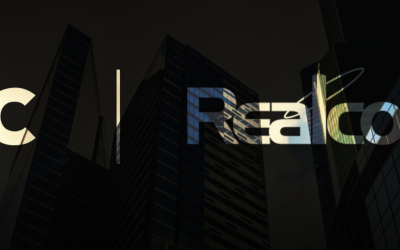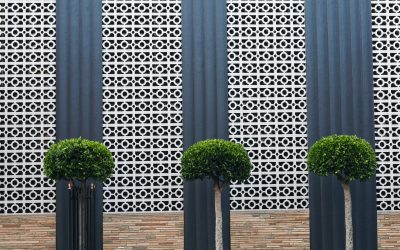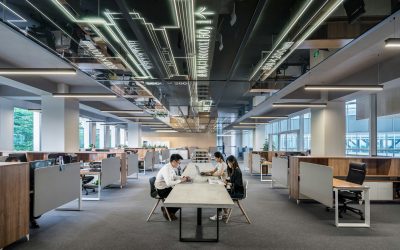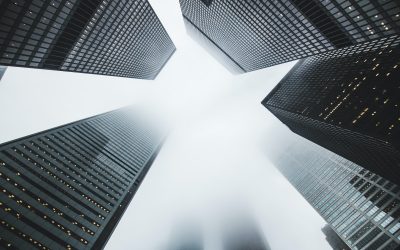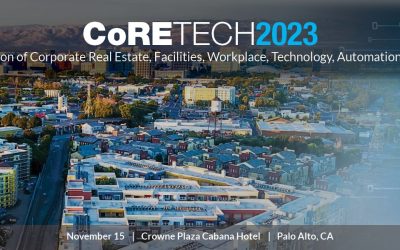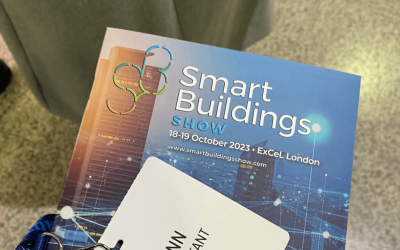
In the heart of New York City, a transformative movement is underway and centered around Local Law 97 (LL97). Introduced in 2019 as part of the Climate Mobilization Act, LL97 is a vital step toward addressing the city’s pressing carbon emissions issues which largely stem from its buildings. Here’s what we think you need to know about LL97 and its implications for building owners:
Local Law 97 in a Nutshell
LL97’s core mission is to reduce New York City’s carbon footprint through its buildings which contribute nearly 70% of the city’s greenhouse gas emissions. The law establishes rigorous carbon emissions standards that many buildings must meet or risk future fines. Carried out correctly, LL97 enables significant advancement toward meeting NYC’s sustainability goals.
The Challenges Ahead
Certainly, the road to compliance with LL97 is not without its obstacles. Building owners are tasked with the intricate process of meeting LL97’s carbon emissions regulations while ensuring smooth building operations and tenant comfort. Severe fines loom over those who fail to meet these stringent standards, which raises a pressing question: How can property owners reduce emissions while efficiently managing their buildings?
A Possible Solution
While various technologies and strategies can help address these challenges, it’s essential to understand that no single solution fits all situations. Building owners have a range of options to choose from, and one such option is Nantum OS. Developed by Prescriptive Data, Nantum OS is an innovative operating system that enhances building sustainability and performance without sacrificing comfort.
Managing more than 8,800 federally owned and leased assets, the U.S.’s largest landlord, the General Services Administration, carried out a large pilot study on Nantum and determined it can be extremely effective in energy management and energy optimization in buildings. Even better? The study found automating government real estate operations could save the federal government $28.7M a year in energy costs, while significantly reducing carbon emissions. Read the whole study here.
Nantum OS is a blend of cutting-edge technology and AI-powered data analysis that begins with measuring baseline performance including carbon emissions to identify areas needing improvement for LL97 compliance. Leveraging artificial intelligence and machine learning, it actively analyzes building performance data paired with real-time occupancy, spotting opportunities for carbon reduction, addressing negative trends, and amplifying positive patterns. When used effectively, it can propel buildings far beyond LL97 requirements.
Meeting LL97 Standards with Innovative Solutions
To navigate LL97 and ensure compliance, real estate professionals are turning to a range of solutions. These tools not only help meet carbon emissions standards but also pave the way for more sustainable and efficient building practices.
Other tools and innovations in smart building technology are contributing to LL97 compliance through a variety of vectors:
- Building Energy Management Systems (BEMS): BEMS are platforms that optimize a building’s energy use. They enable real-time monitoring and control of energy-consuming systems such as lighting, HVAC, and more. By fine-tuning these systems based on occupancy and environmental conditions, BEMS can significantly reduce energy consumption and emissions.
- IoT Sensors and Devices: The Internet of Things (IoT) has brought an array of sensors and devices that provide real-time data on various aspects of building performance from temperature and air quality to occupancy patterns and beyond. This data can be leveraged to make informed decisions on how to improve energy efficiency.
- Energy-Efficient Retrofits: Implementing energy-efficient retrofits, such as upgrading insulation, windows, and HVAC systems, is a fundamental step toward LL97 compliance. These upgrades not only reduce carbon emissions but also improve building efficiency and tenant comfort.
- Renewable Energy Integration: Incorporating renewable energy sources like solar panels and wind turbines can significantly reduce reliance on fossil fuels and help meet LL97 targets.
- Occupant Engagement Solutions: Engaging building occupants in energy-saving practices through apps and interactive dashboards can reduce energy consumption and emissions. It also fosters a sense of responsibility and community among tenants.
By embracing a combination of these innovative solutions and technologies, we can chart a course toward LL97 compliance while simultaneously reaping the benefits of reduced operational costs, improved sustainability, and enhanced tenant satisfaction. These tools not only help meet regulatory standards but also contribute to the broader vision of a greener and more sustainable future for New York City and beyond.
The Broader Implications of LL97
Beyond the regulatory landscape, LL97 carries profound implications. It challenges the real estate industry to reimagine its approach to sustainability, emphasizing the well-being of both the environment and building occupants.
Buildings that focus on sustainability are more likely to attract and retain tenants and host organizations that also have an eye for ESG-related initiatives. Additionally, reduced operational costs create more room in budgets for aesthetic improvements and new amenities.
For tenants, LL97 promises improved living conditions. As building owners adopt eco-friendly technologies and practices to meet emissions standards, tenants can anticipate healthier, more comfortable living spaces. Enhanced heating, ventilation, and air conditioning systems ensure pleasant indoor environments, regardless of external weather conditions.
Building a Greener Tomorrow
Local Law 97 signifies a legislative milestone and New York City’s unwavering commitment to environmental stewardship. It represents a collective determination to combat climate change while enhancing the quality of life for all city residents.
As New York City progresses toward a greener future, lessons from LL97 and the innovations it has sparked will resonate far beyond the city limits. Additionally, NYC isn’t the only city in the United States that is pushing environmentally focused legislation; Boston, Washington D.C., St. Louis, Denver, Oregon, Washington, and many other localities are hosts to building performance standards. You can learn more about BPS via the Insitute of Market Transformation.
When should buildings begin looking at ways to improve their environmental impact? Brendan Wallace, co-founder and managing partner of Fifth Wall, writes, “My advice to building owners and operators: don’t delay, because adopting the proper technology to increase the operational efficiency of your assets takes time.”

